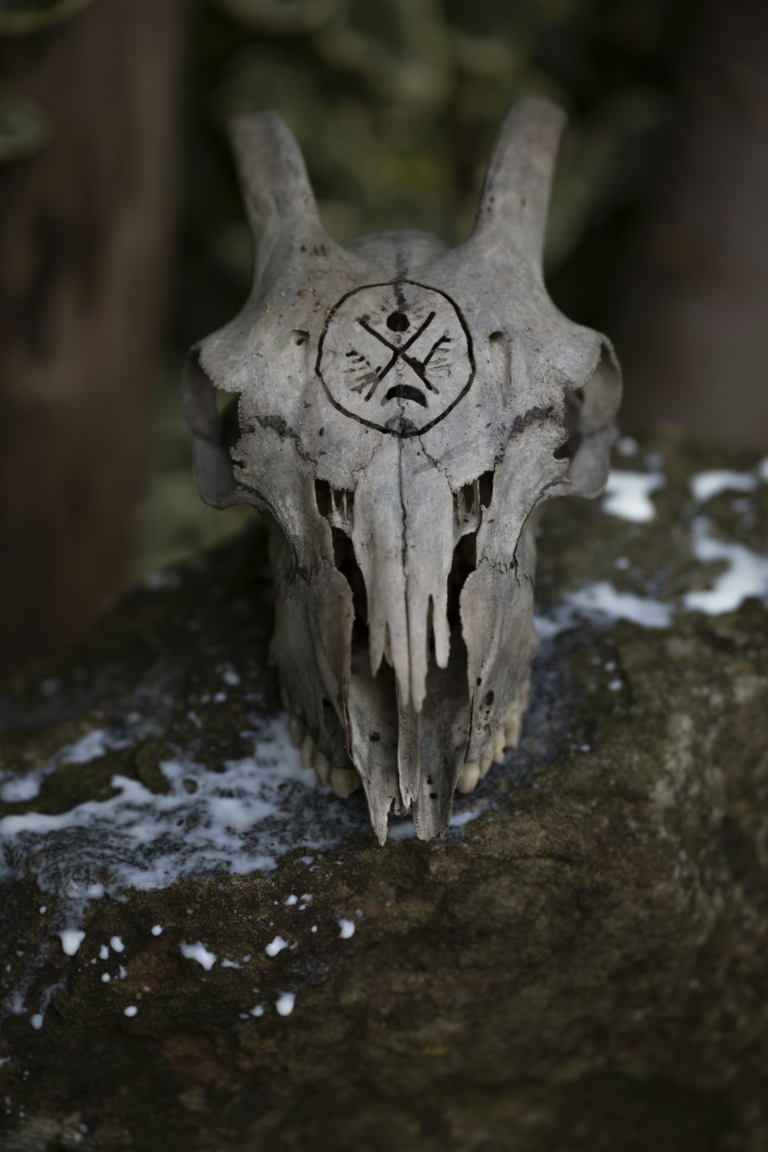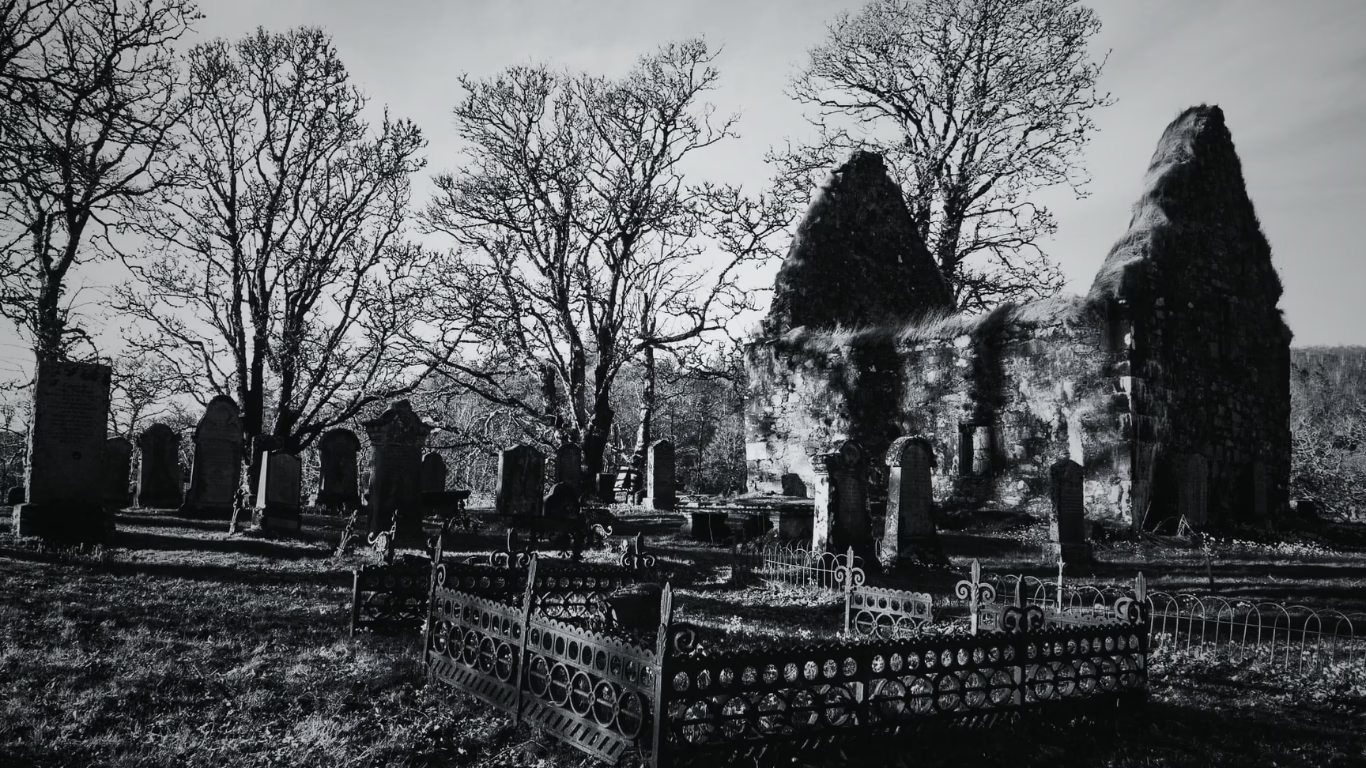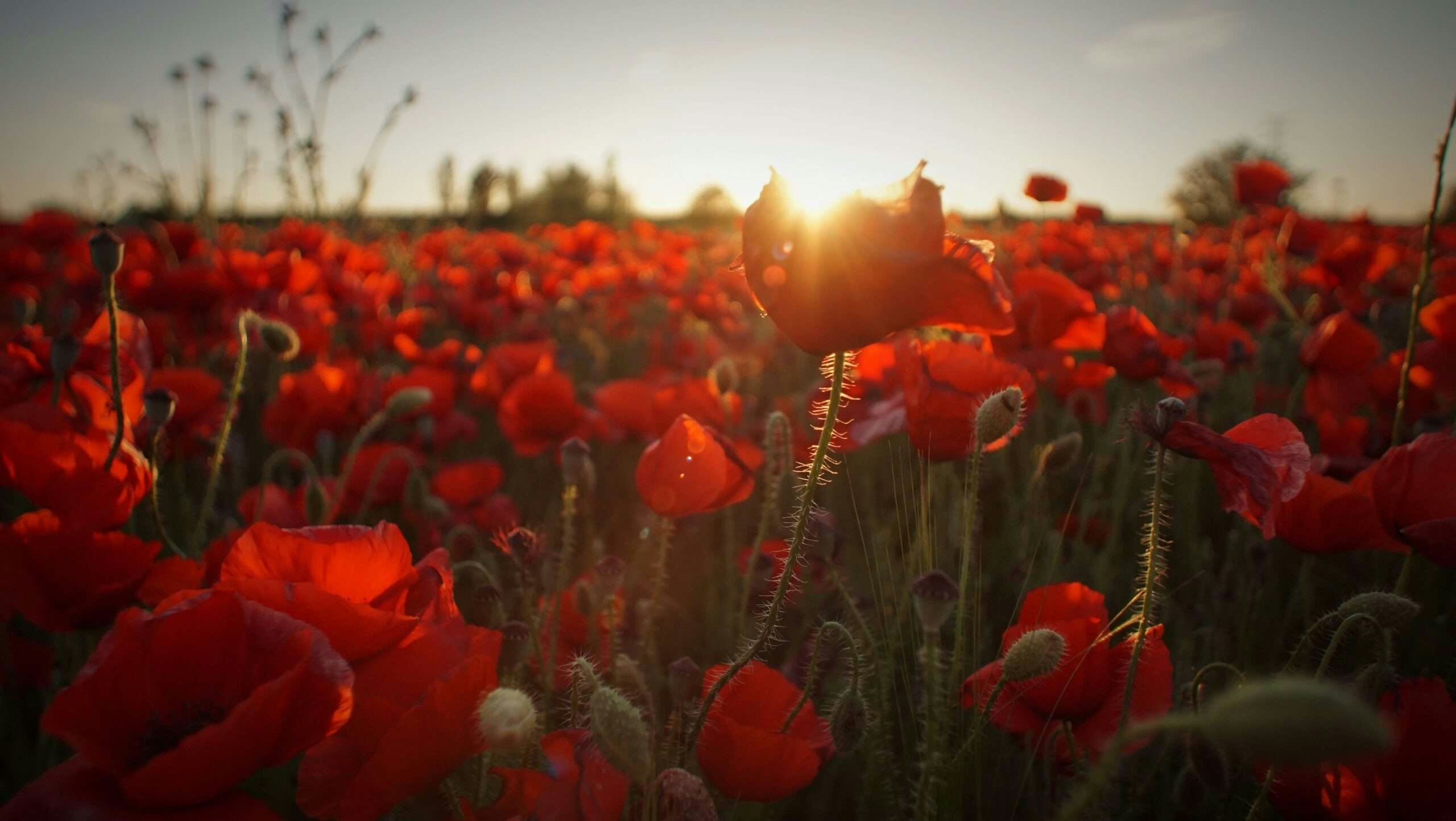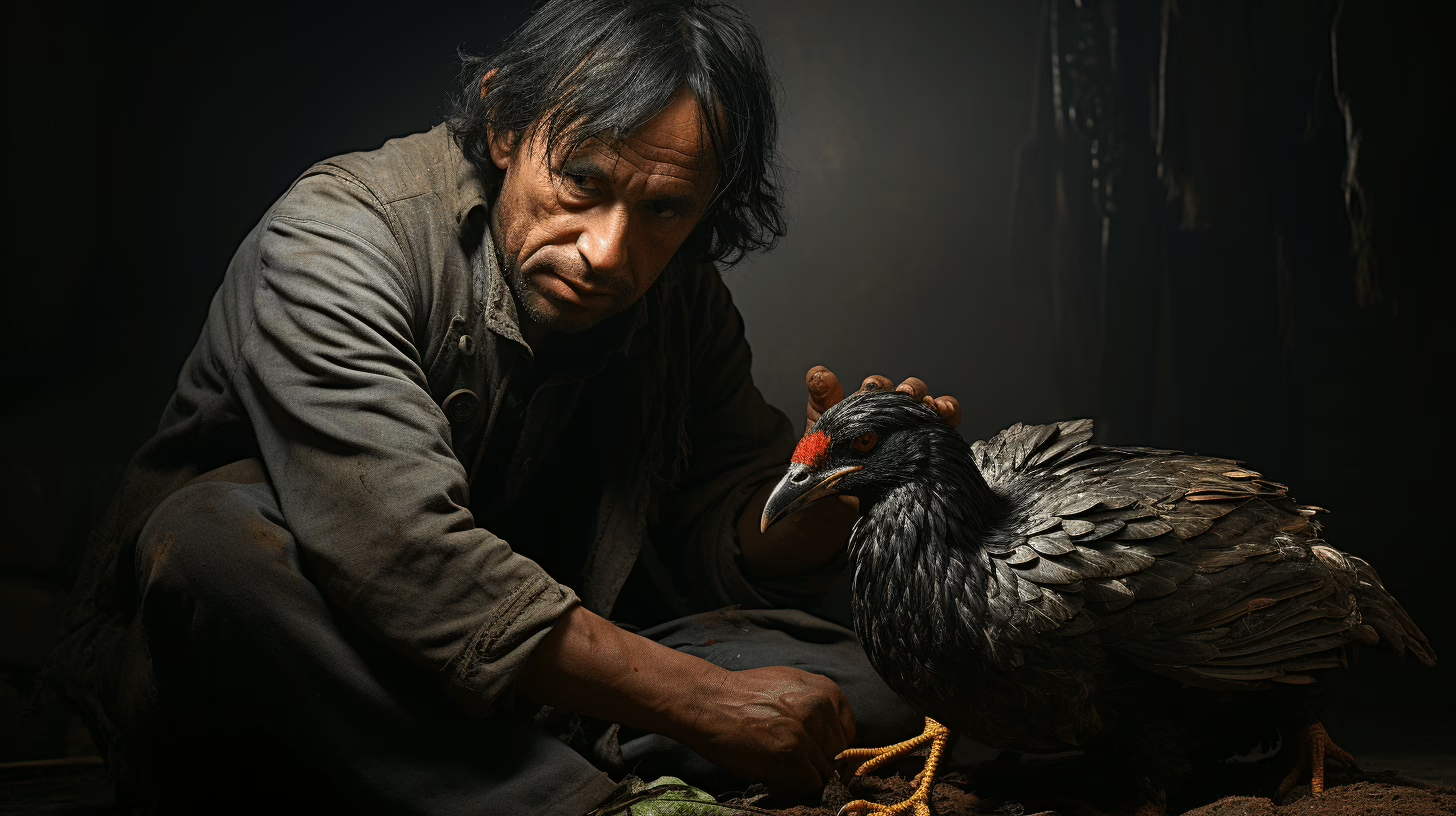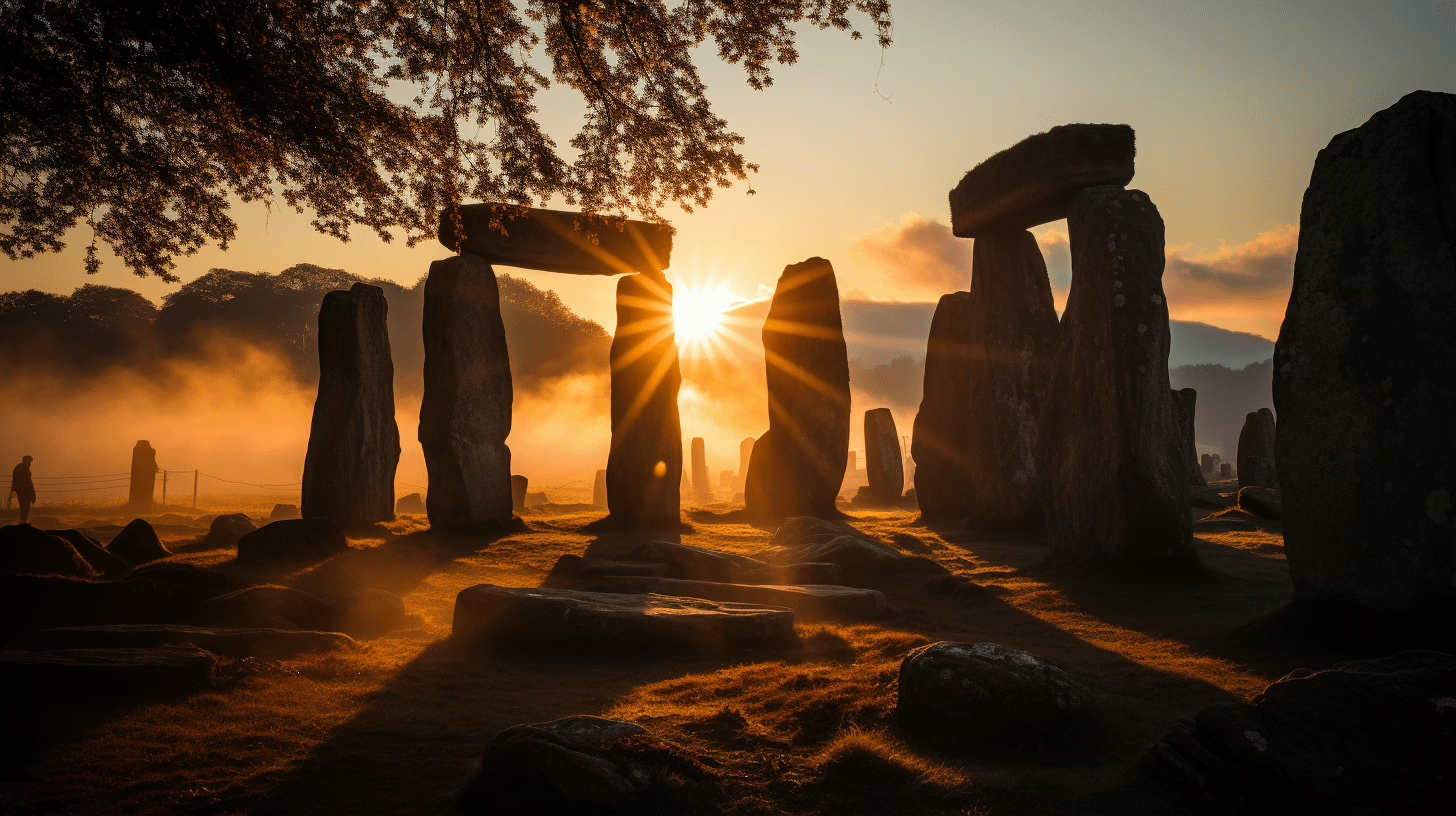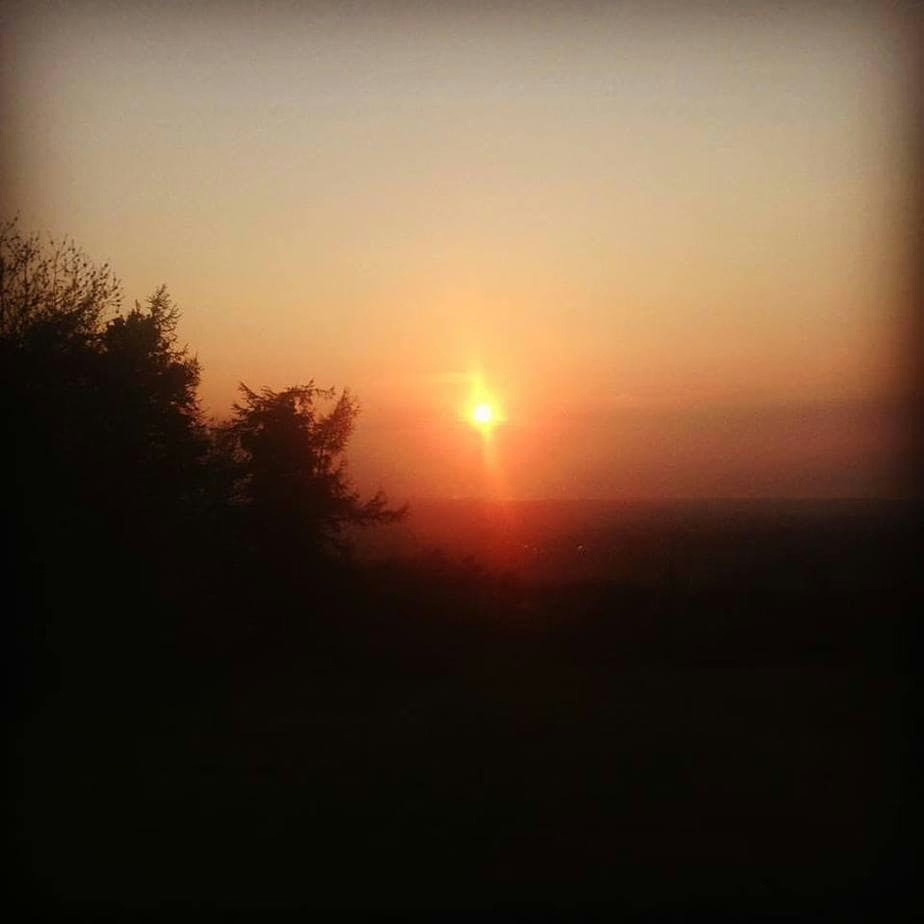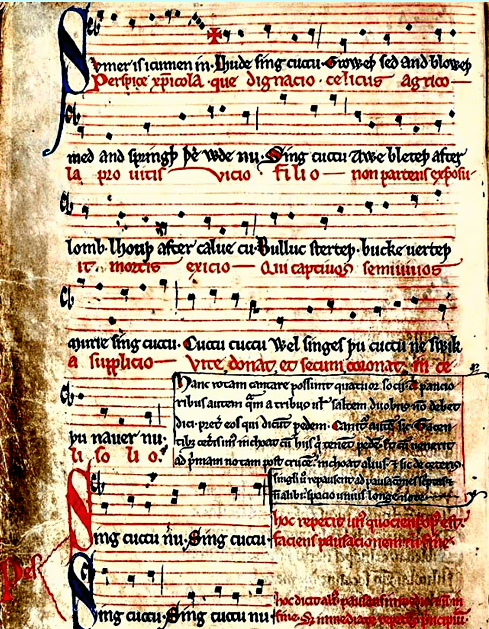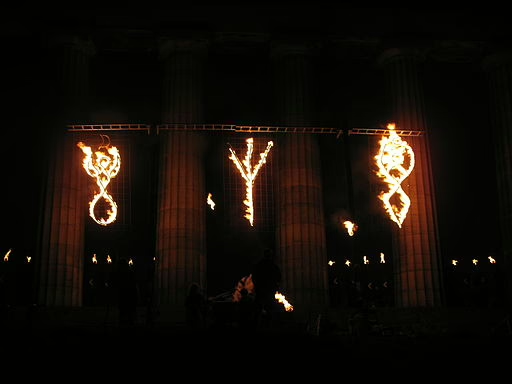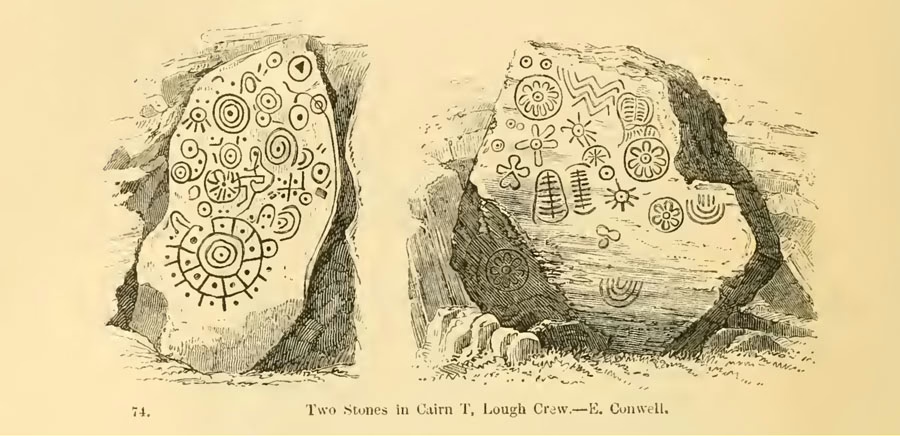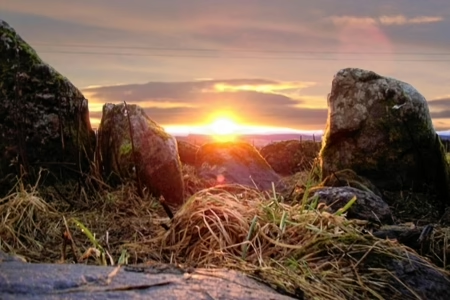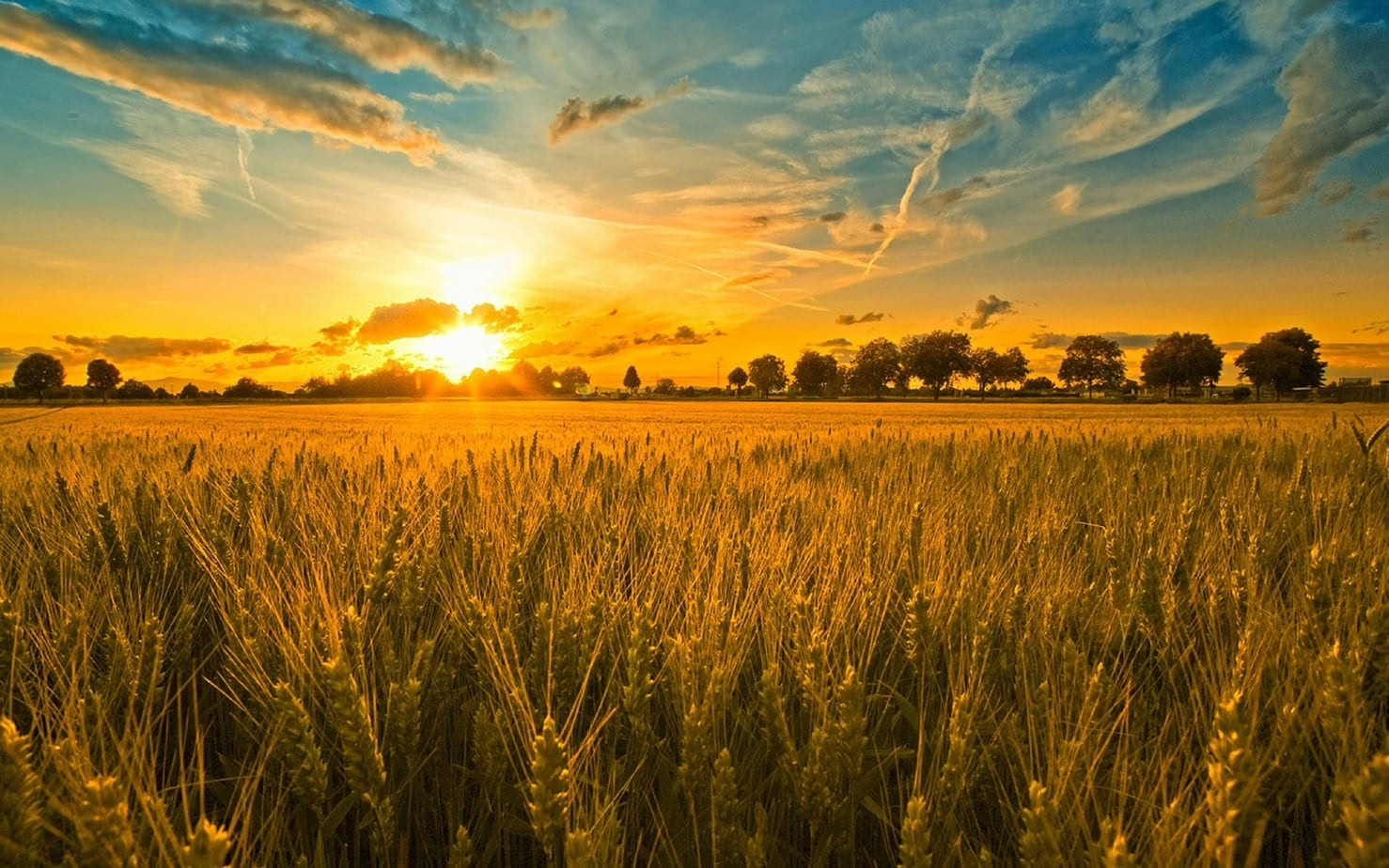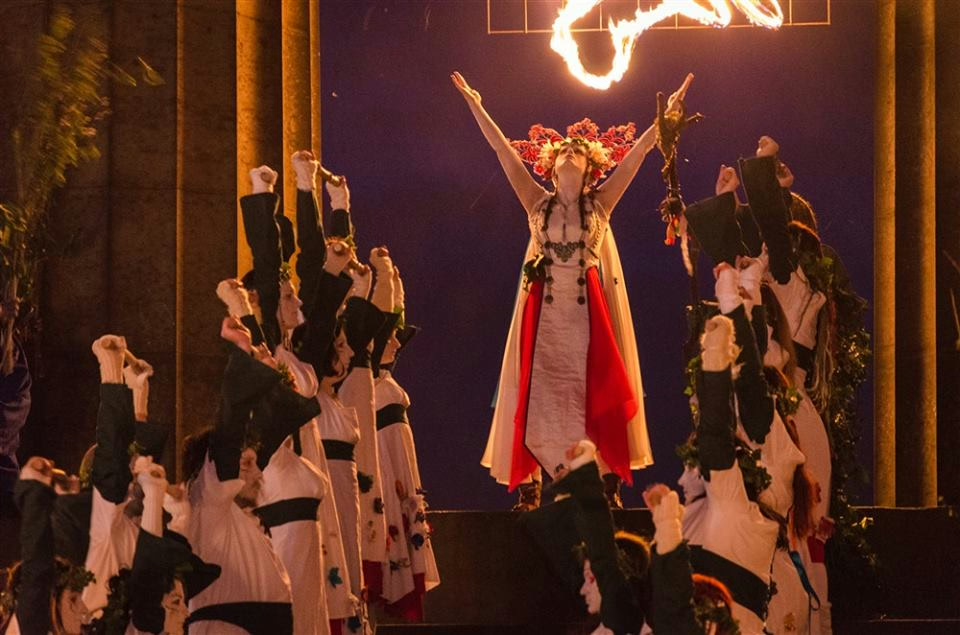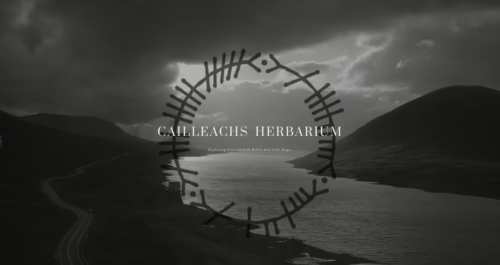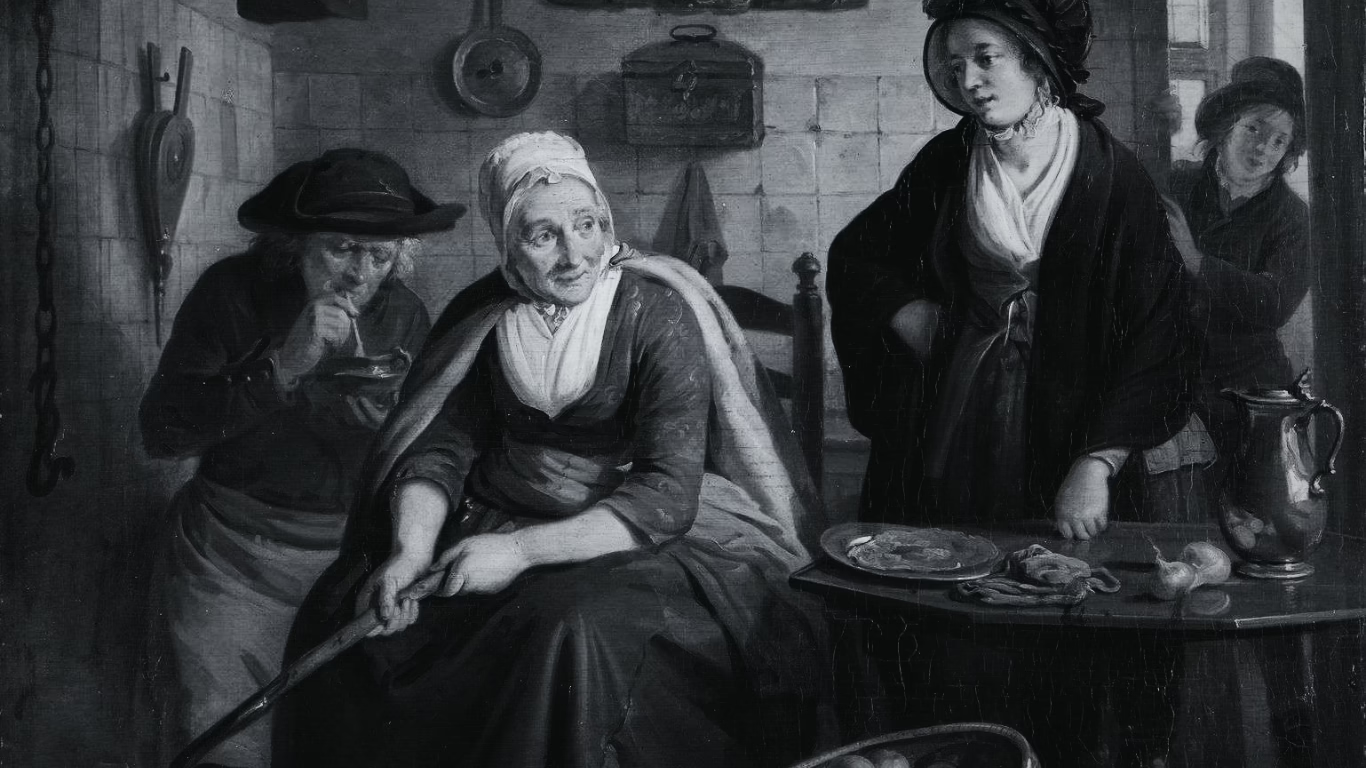
Fastern’s E’en – Shrove Tuesday in Scotland
Fastern’s E’en or Fasterns Een is a festival in Scotland, held on the Tuesday before Lent, otherwise known as Shrove Tuesday. Fastern E’en comes from Scots. Fastern’s E’en is also known as fastern-, fastren(‘s)-, fasten(‘s)-; fasting’s- (Sc. 1750 W. McFarlane Geneal. Coll. (S.H.S.) II. 138), festern(‘s)- (ne.Sc. 1952), festerns-even (Kcd. 1700 Black Bk. Kcd. (ed. Anderson 1843) 119), festereven (Abd. 1829 A. Cruickshank Poems 34), fosterneen (Cai.7 1950). The form fasten alone is found (Sh. 1866 Edm. Gl.) and the variant comb. fastern’s night (Sc. 1805 Scott Last Minstrel (1821) IV. vi.). In English Fastern’s E’en is known as Shrove

